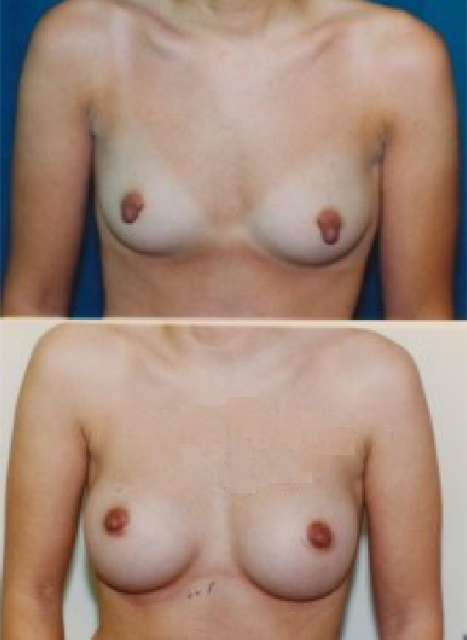Nipple Hypertrophy Correction
Posted On: February 13, 2018 Author: The Office of Dr. Stuart Linder Posted In: Breast Augmentation, Breast topics, Nipple Hypertrophy Correction, Nipple Reduction
Nipple enlargement or nipple hypertrophy is a result from developmental enlargement of the ducts (lactiferous), which converge and form a branched system connecting the nipple to the lobules of the mammary gland, commonly called milk ducts. This can present in men and women; however, it is most common in people of Asian descent.
There is no normal female nipple, but it is usually roughly 1 cm in diameter with an almost equal amount of anterior projection.
Many of the patients I see for this are embarrassed to have a consultation, thinking that it’s a minor thing or that it may be too difficult to achieve the results they desire. I would encourage patients to feel comfortable discussing this and understand that, as a board-certified plastic surgeon, we are trained to address all types of reconstruction of the breast.
Case Study #1
The patient below is a 32-year-old Asian female who had significant nipple hypertrophy.
Along with her desire to reduce the size of her nipples, she also requested a breast augmentation. After listening to her expectations, we scheduled her surgery.
For the nipple reduction, I carefully went through a pedicle base, and for the augmentation, I used 240 cc SRF silicone implants. Her postoperative two-week results show excellent symmetry to the nipple with some slight scarring healing around the periareolar incisions.

Case Study #2
The Asian female patient below came in for nipple hypertrophy and based on her examination is a perfect candidate for reducing the size of the nipple and along with making them more symmetric with the areolar complex.
During the surgery, the technique included the superior pedicle and excision of the inferior portion, or lower portion, of the nipple. The nipple was then brought down and sutured down, and the sides are trimmed (the nipple specimen was sent to pathology to make sure that there was no evidence of cancer or Paget’s disease).

As you can see in the postoperative photo above, the nipple is significantly smaller and both the AP projection, as well as the width, look balanced.